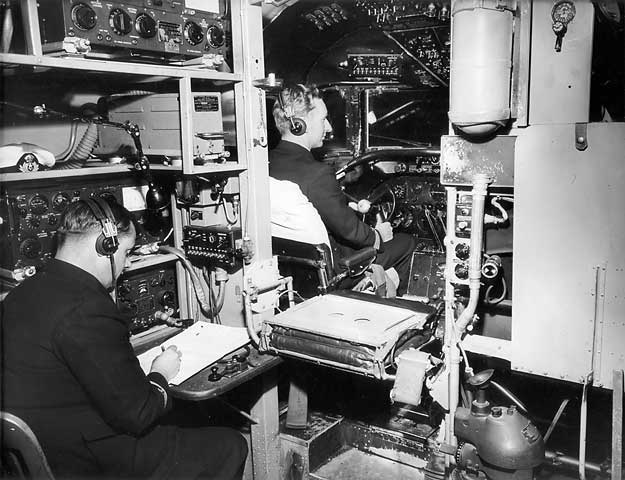This is a free fortnightly newsletter about the New Zealand Net.
If you would like to be notified by email when a new edition is published, please contact ZL1NZ.
Browse our Newsletter Archive and List of Net Tips.
Featured key

Photo: VK2IXV
By Herman VK2IXV
The single-lever Dunduplex key was made by Thomas J Dunn in New York about 1912. It can be used in two ways:
- A side motion like an in-line semi-automatic or bug key, except that its dash contacts are vertical. Dashes are formed by pressing and releasing the single round Bakelite paddle to the left. This is just a simple on/off switch. When the paddle is pressed to the right, the vibrating pendulum sends a series of dots for as long as the paddle is pressed. When not used, the bug’s pendulum is under constant tension. When viewed from the back to the front, a pendulum is attached to a post between the 2 terminals by a strip of 2 cm spring steel. The almost square lever goes straight for 5.5 cm and then turns 90 degrees to the right for 2.5 cm. Its end rests under tension in a hook-shaped finger. When the operator makes dots, the hook drops, which allows the pendulum to swing freely. A hexagonal weight can be moved along the pendulum shaft to control the speed of the dots.
- An up-and-down motion. Dots and dashes can be made by depressing the two black round Bakelite buttons, screwed to the top of plungers or cylinders on top of the frame. The Dash plunger works like an up-and-down straight Morse key, operating the vertical dash contacts, while the Dot plunger releases the tension on the pendulum in the same way as if the single finger/thumb paddle was moved to make semi-automatic dots.
Thomas Dunn’s duplex methods of operating his single-lever and double lever keys are the reason for the name Dunduplex. These were the first and only sending machines that afforded a choice of two movements.
* If you have an interesting key for this feature, please send a nice clear photo and a few words describing it.
Quick notes
 The Caravelle radio transmitter toy was introduced in 1962 by Remco, a company that also make crystal radio receivers and walkie-talkies for children. With space-age styling and powered by a 9V battery, the Caravelle could receive AM broadcasts, or transmit voice and Morse Code to nearby AM receivers. Remco advertised heavily on TV, often ending their ads with: Every Boy Wants a Remco Toy!
The Caravelle radio transmitter toy was introduced in 1962 by Remco, a company that also make crystal radio receivers and walkie-talkies for children. With space-age styling and powered by a 9V battery, the Caravelle could receive AM broadcasts, or transmit voice and Morse Code to nearby AM receivers. Remco advertised heavily on TV, often ending their ads with: Every Boy Wants a Remco Toy!
Congratulations to NZ Net member Greg ZL4GW who won the Bruce Scahill Best Fist Award for his fine performance in the 9 June Straight Key Night. It was a big night for straight key operators, with 23 stations participating.
NZ Net Manager Neil ZL1NZ gave a talk on the history of amateur radio in New Zealand to members of the Northern Club in Auckland on 17 June. Many in the audience were surprised to hear that ham radio is still around and that Morse Code is widely used. 🙂
Photo flashback

Wireless operator in a Douglas DC-4 aircraft, circa 1950
Latest news from 1922

Sacramento Bee, 30 Dec 1922
Morse challenge
Please send your answer via radiogram or email to ZL1NZ.
Answer to previous Morse Challenge
Station ZLZ/ZLX (Himatangi Radio) was announcing that it was about to transmit “TROPICAL MARINE WEATHER BULLETIN FOR SQ PACIFIC”. Correct answers were received from IK0PHU, VK2KJJ, VK3DRQ, ZL1ANY, ZL1AYN, ZL1BBW, ZL2GVA, ZL1HJ and ZL2TE.
I don’t know what “SQ Pacific” means, so if anyone has the answer, please let us know.
Video: Titanic’s radio room reveals details of liner’s last moments
Steve ZL2KE spotted this video, which is quite interesting.
For more, see Fred VE1FA’s presentation Radio aboard RMS Titanic.
Net tip: Let’s sharpen things up a bit
By Neil ZL1NZ
It seems to me that over the past few months we’ve gotten a bit sloppy on the net. I am hearing stations doubling, stations calling when it isn’t their turn, and even stations tuning up or testing their keyers during the net.
NZ Net is a directed net, and we must all follow the directions of the Net Control Station. If you aren’t sure that it’s your turn to transmit, then please wait until you are sure. And if you cannot hear Net Control or they cannot hear you, then please be patient, as NCS will always ask another station to take over as temporary Net Control towards the end of the net so that we can pick up any stations missed previously.
If you hear NCS take another station’s check-in and ask them to wait <AS>, you are welcome to send your sine once to get the attention of NCS. If NCS does not acknowledge you, then they are likely trying to copy someone you cannot hear, so please do not continue sending.
If your rig has full break-in, please use it, as it helps us minimise some of these issues.
Advertising archive

QST magazine, Aug 1956
…and the Adventurer is still going strong at ZL1NZ!
Suggestions?
If you have suggestions on how to make the NZ Net better, or things you’d like to see covered in these updates, please contact ZL1NZ. You might even like to write something for the newsletter.
Thanks for reading, and I hope to hear you soon on the NZ Net!
—
Neil Sanderson ZL1NZ, Net Manager
New Zealand Net (NZ NET)
3535.0 kHz at 9pm NZT Mon-Fri


